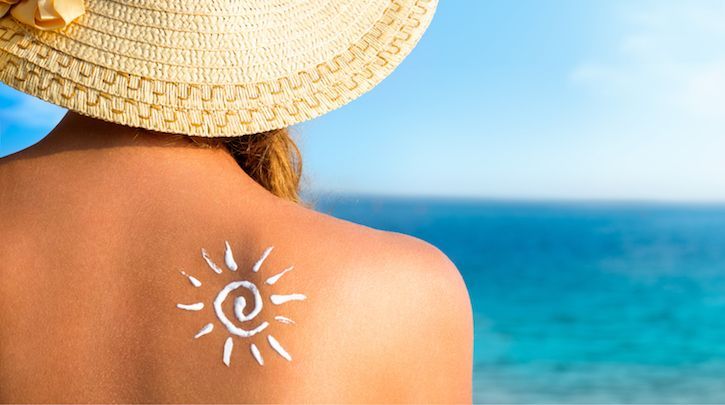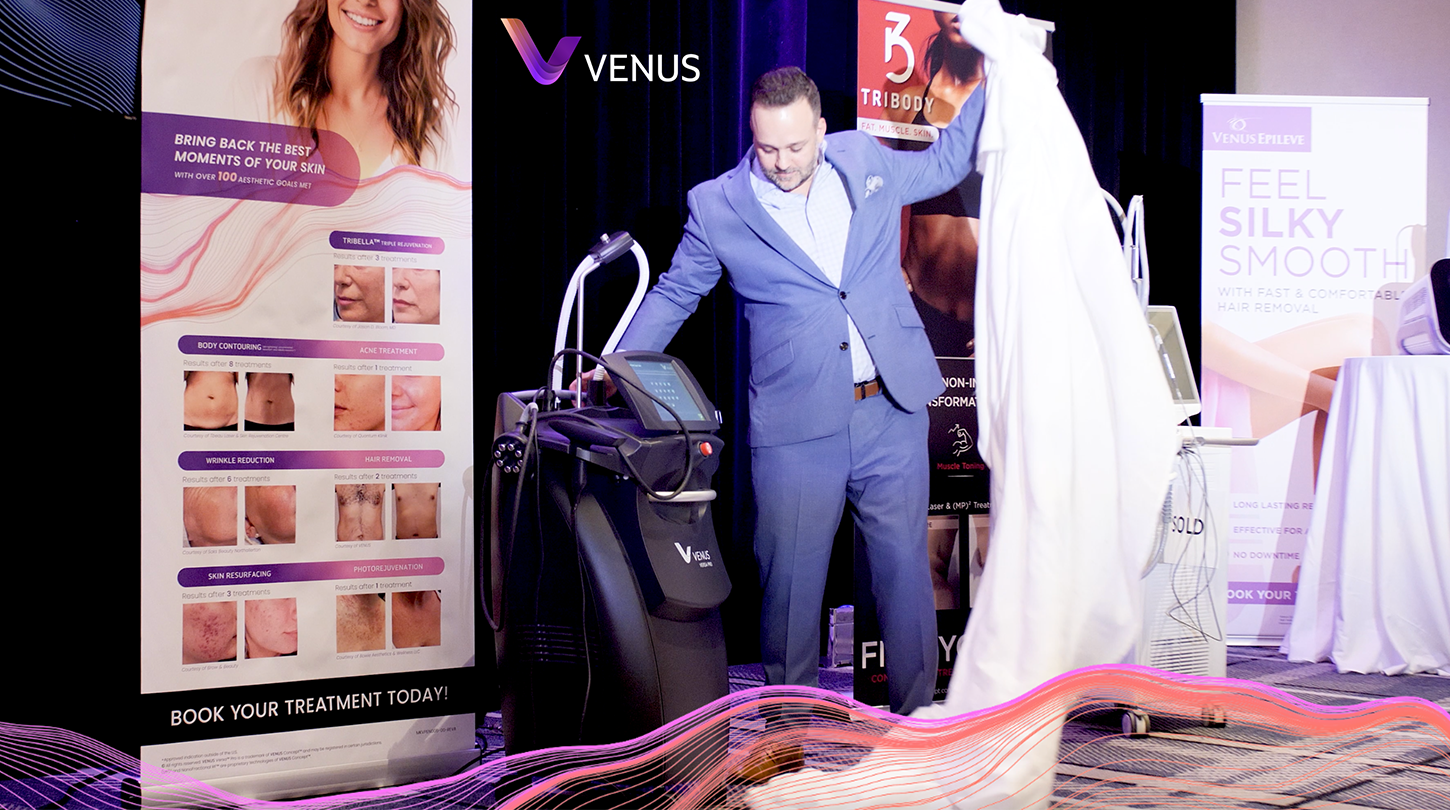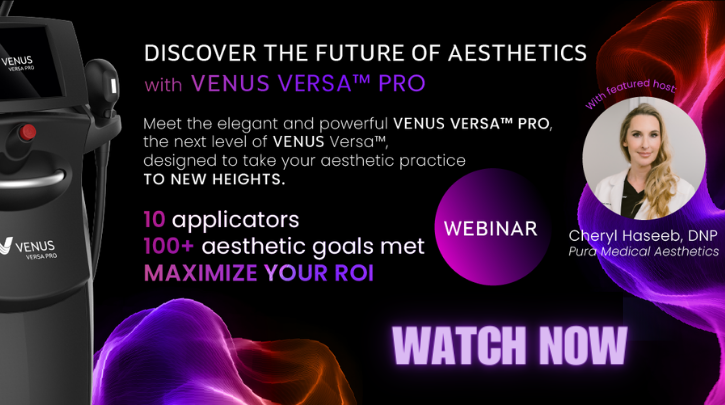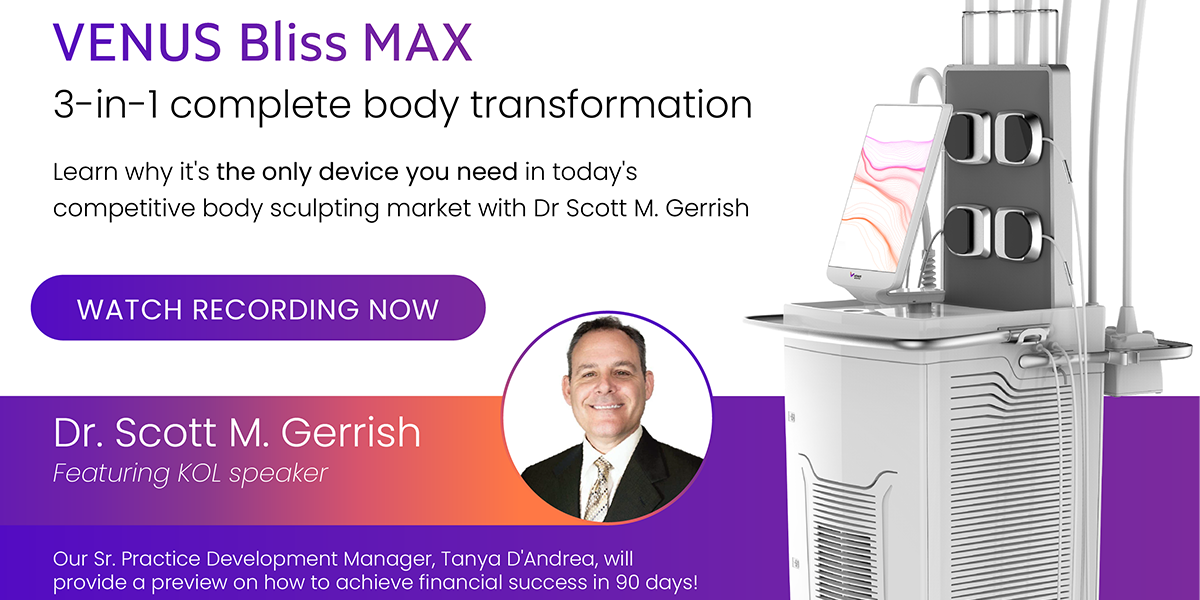Advances in Aesthetic Sun Damage Treatment

Sun damage is among the most frequent reasons patients visit aesthetics practitioners. With sun damage, UV light radiation increases production of free radicals in the skin. This causes damage to DNA, as well as inflammation of the collagen and other proteins that provide elasticity and tone to skin.
Excessive sun exposure leads to the appearance of premature aging in the form of lines, wrinkles, brown or red spots, broken capillaries, and leathery, dry, and/or rough skin. Some people may even develop pre-cancerous lesions or melanoma.
Fortunately, there are many treatments available for sun damage, and new techniques are opening doors for patients in need of advanced aesthetic care.
Anti-Aging Treatments for Sun Damage
Sun exposure degrades collagen and elastin in skin as well, and thus can seriously worsen the appearance of loose skin and wrinkles. Traditional anti-aging treatments, like skin tightening and resurfacing with energy-based devices , can be useful for treating the sagging, deflated appearance associated with sun damaged skin. These treatments use radio frequency technology, which has been proved to be safe for patients with darker skin types.
One treatment gaining greater clinical validation is facial fat transfer, or fat grafting. This entails taking fat cells from one part of the patient’s body and injecting them at the treatment site. This technique is frequently used to reduce the signs of descent and deflation in aging skin that are often worsened by sun damage.
Another anti-aging procedure is microneedling. Also known as collagen induction therapy, this treatment uses miniature needles to produce controlled skin injuries. As the skin heals, it revitalizes elastin and collagen production, making it effective in fighting the signs of aging.
Light and Energy Treating for Sun Damage
Light- and energy-based treatments, like laser or intense pulsed light (IPL), are also commonly used to treat sun damage. Laser treatments have been in use for nearly three decades, though some recent advances in device technology are revealing safer, consistent, and better clinical results.
Laser and IPL are similar in that they both use light energy to target skin cells. They differ in how and what they target in the skin. Typically, lasers will deploy one wavelength and have a solo chromophore (target), such as water. IPL emits several wavelengths, which can target multiple chromophores, such as melanin and oxyhemoglobin.
IPL treatments can be tailored to suit different patients based on the severity of sun damage, patient skin type, and their response to treatment. However, IPL can be challenging on skin types that are rich in melanin. However, recent advances have allowed for better safety profiles in darker Fitzpatrick skin types.
New Therapeutic Substances
Research is moving swiftly on a variety of novel substances that hold potential for preventing or treating sun damage. Among them is sulforaphane, a natural compound that occurs in cruciferous vegetables, which “demonstrated protective effects against UV-induced skin damage” according to a 2016 study. Another compound is the antioxidant pterostilbene, which is chemically similar to resveratrol and is often found in sources like blueberries. A 2017 study found that pterostilbene “effectively protected against UVB-induced photodamage”.
As well, a combination of extracts from soybean and marine plants that contain a natural carotenoid pigment was recently found to have potential in preventing premature aging symptoms caused by sun damage.
The results highlight the potential for this combination to be developed as a therapeutic agent to prevent skin wrinkling caused by ultraviolet rays. Wrinkling and loose skin, which is often exacerbated by or symptomatic of sun damage, can be treated with energy-based devices using radio frequency technology.
Sun damage can be difficult to avoid. It’s no surprise, then, that sun damage is one of the most common conditions that medical aesthetics professionals encounter. But as treatments continue to evolve, it is more necessary than ever for aesthetic practitioners to stay at the cutting edge of aesthetic innovation.
To learn more about treatment innovations and the latest options for treating sun damage, download our essential free report, New Horizons for Sun Damage Treatment.

Why Venus
Body Devices
Body Treatments
Face & Skin Devices
Face & Skin Treatments
Hair Restoration Devices
Hair Removal Devices
Legal
For more information call: (888) 907-0115 // info@venusconcept.com // 235 Yorkland Blvd., Suite 900, Toronto, ON, M2J 4Y8 Canada
For more information call: (888) 907-0115 // info@venusconcept.com // 235 Yorkland Blvd., Suite 900, Toronto, ON M2J 4T8 Canada






